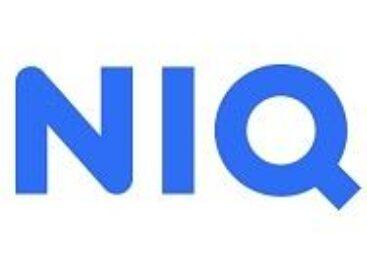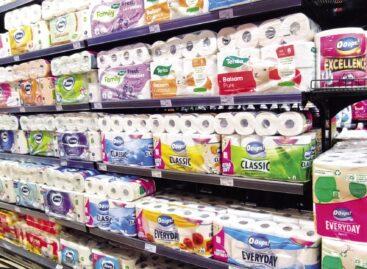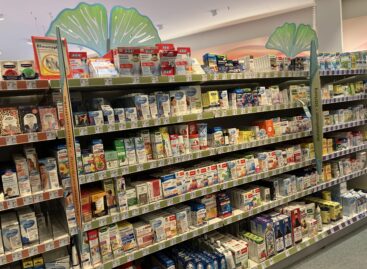Bowls refilled
Last year’s price surge hit pet food volume sales by about 10%, probably because pet foods have become much more expensive in 2023.
This article is available for reading in Trade magazin 2024/4

Szilárd Vargyas
pet food category manager
Mars Magyarország
“As the money shoppers can spend freely has decreased, the category underwent a downtiering, which had a negative influence on premium products and segments that used to be the category’s driving force”,
says Szilárd Vargyas, pet food category manager of Mars Magyarország Értékesítő Bt.
He also reveals that the market share of the largest pet food manufacturers and private label products has reduced recently, while the weight of cheaper, entry-price smaller brands has visibly increased.
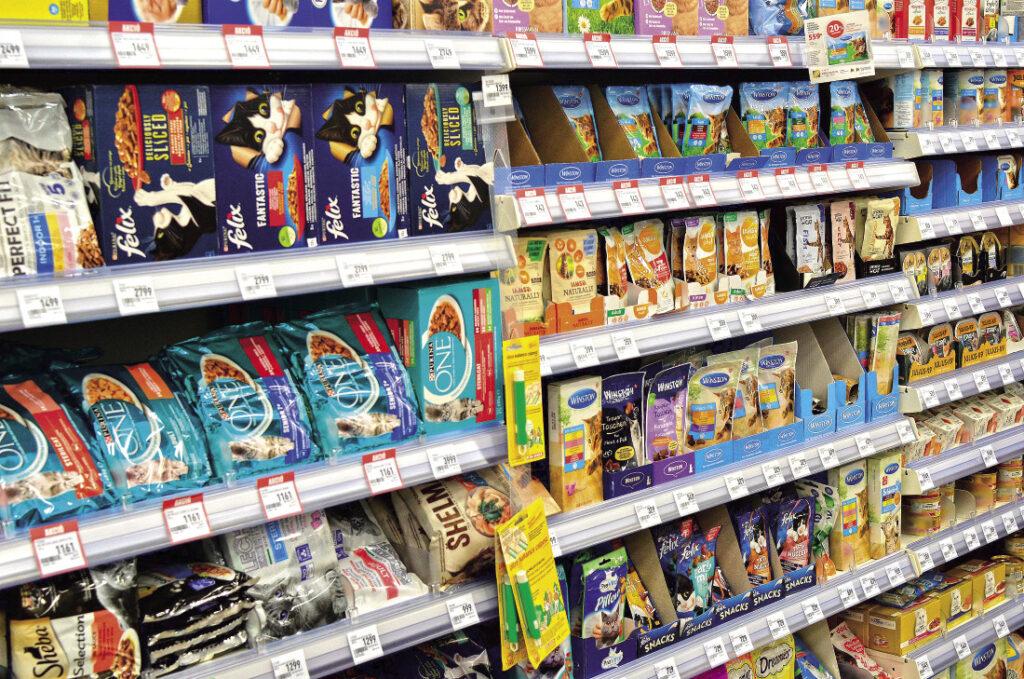
Single-serve wet cat food was the fastest growing segment in the category
Modified channel preferences
Nikolett Szabó-Koch, senior brand manager at Nestlé Purina:
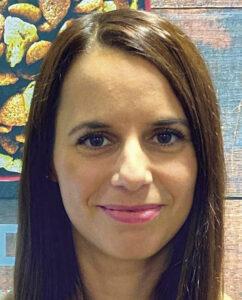
Nikolett Szabó-Koch
senior brand manager
Nestlé Purina
“Dog food sales have dropped more than cat food sales, yet the dry cat food category suffered the biggest decline in 2023. Research done during the Covid period revealed that owners are more likely to give up products and services for themselves than food for their little favourites. In terms of sales channels, there is no threat to the dominance of discounters”.

Zsófia Gerencsér
channel and e-commerce
manager
Nestlé Purina
Zsófia Gerencsér, channel and e-commerce manager at Nestlé Purina:
“Large-sized pet foods have remained important in online shops – unlike in offline stores. The online ‘leg’ of the premiumisation process also expanded in 2023: the slowdown was smaller in the cat food market”.
Sidetracked
Based on GfK’s household panel survey, Ádám Szitai, general manager of Partner in Pet Food (PPF) opines that some households have abandoned the category and are more likely to feed their pets with home leftovers.

Ádám Szitai
general manager
Partner in Pet Food
“This trend seems to have weakened a little in the second half of last year, with demand for the category picking up again”, he adds.

Tamás Pandzarisz
CEO
Panzi-Pet
Looking back on the past period, Tamás Pandzarisz, CEO of Panzi-Pet Kft. points out that high inflation and the generally weakening economic environment have led to a series of changes in a market that was clearly heading in a different direction before the pandemic and the post-pandemic war.
“A good example of this is the emergence of alternative packaging due to the dramatic surge in the price of packaging materials, or I could also mention the reducing of product size in order to avoid price increases”,
the CEO explains.
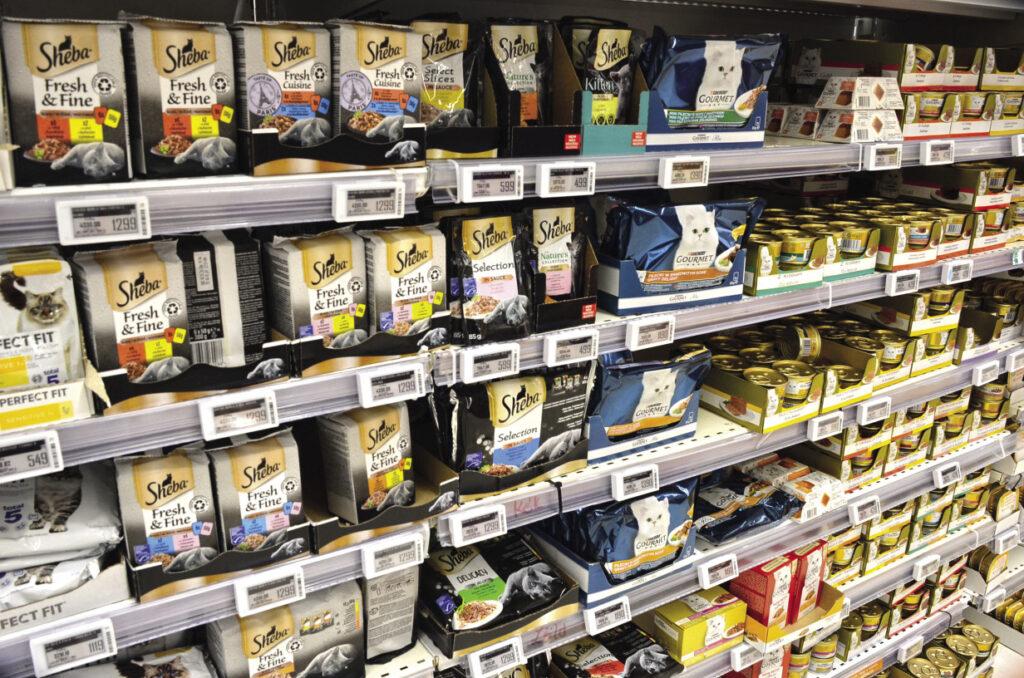
Cat owners have not replaced the familiar, popular flavours
Premiumisation process likely to continue
With inflation falling and purchasing power regaining strength, there is a unanimous feeling among market players that the category will stabilise this year and perhaps even start to develop, and the premiumisation process will strengthen again. In line with this, Mars will continue to premiumise its wet cat food range in 2024, with the renewal of the Sheba brand.

Roland Marton
senior portfolio manager
Mars Magyarország
“We are taking the pet-owner experience to a higher level, offering a better experience in terms of visuals, taste, culinary diversity and quality”,
says Roland Marton, senior portfolio manager at Mars.
They have launched Sheba Kitten products specifically for growing kittens to support their immune systems. The expectations of dog owners are met with the renewal of the Pedigree dry food portfolio.
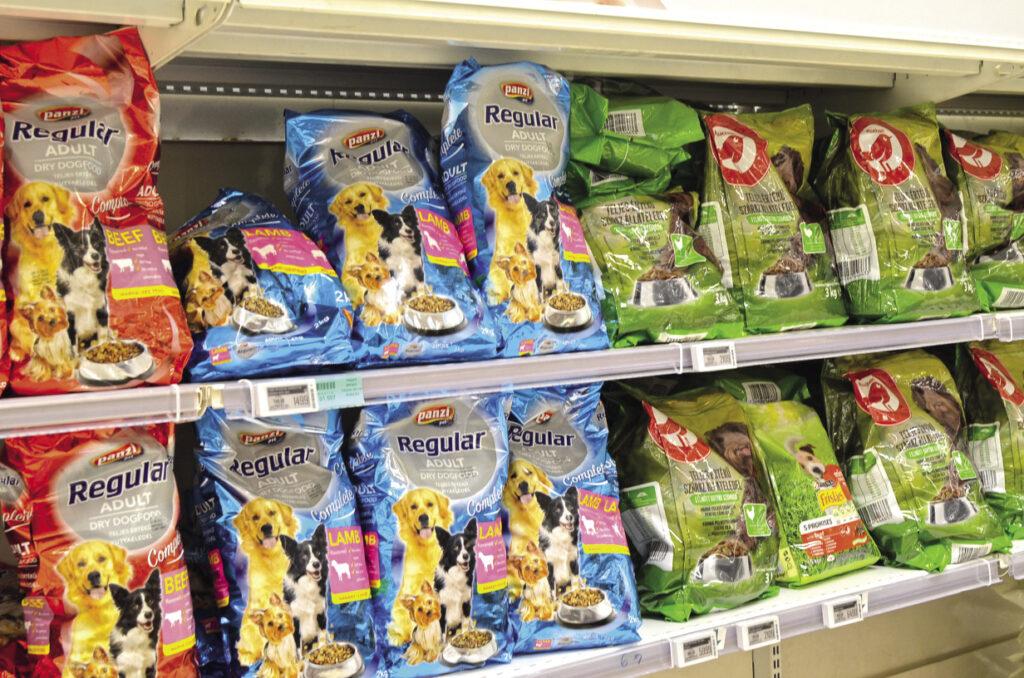
Demand has shifted towards cheaper products, especially in case of dog feed
Strengthening loyalty, sustainability, digital tools
Private label pet food has the biggest market share – this meant a more than 50% value share in 2023. Competition is fierce, so manufacturers are working hard to win over consumers with new formats, targeted partner promotions and loyalty-building activities. It shows very well that these efforts aren’t in vain how the Purina portfolio, which has enjoyed very strong marketing and trade backing for many years, has defied market trends with the strongest volume growth in the dry cat food segment and has approached the market share of private labels in value. In its innovation work Nestlé Purina is increasingly focusing on sustainability and ecological footprint reduction. Among marketing tools traditional media are the most prominent, but digital communication is becoming more and more important.
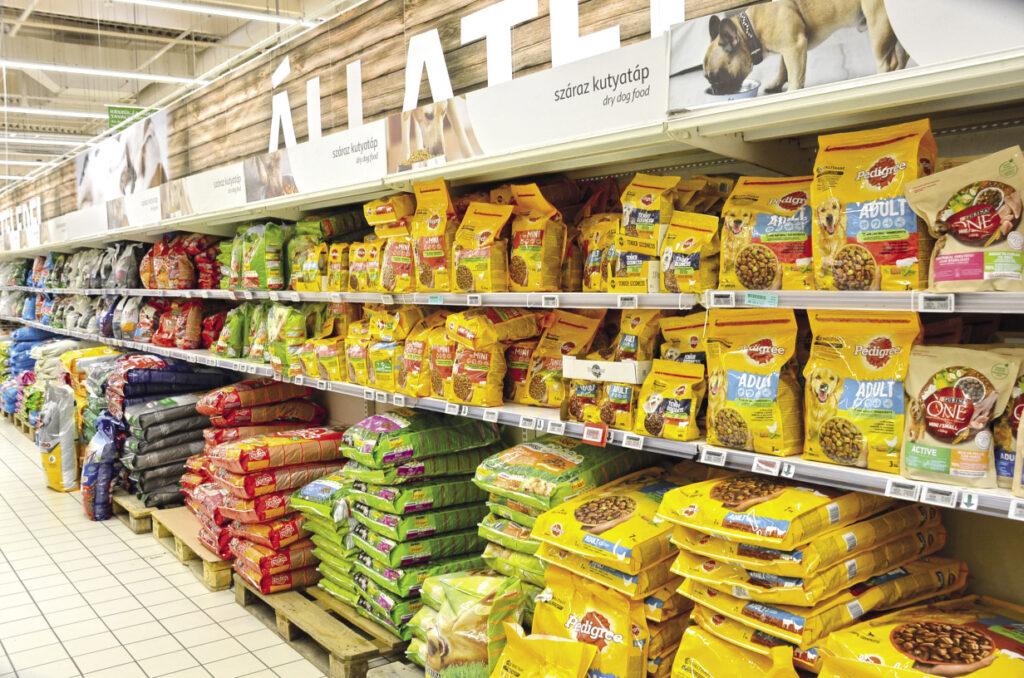
According to manufacturers, the category will become more stable this year, and perhaps even premiumisation will gain new momentum
Innovations inspired by human food
PPF calculates with better economic conditions this year: they expect lower inflation and exchange rate volatility, plus more stable raw material prices. Human nutrition trends will sooner or later reach the pet food category too, with the development of products containing added superfoods or made from organic ingredients. Thus, PPF’s portfolio now includes products such as Shelma cat food made with superfoods. Sustainability and environmental protection are also important directions in their product development.
Uniqueness, targeting and new products
Panzi-Pet Kft.’s view is that in today’s competitive environment uniqueness, addressing the target audience and good positioning – both in terms of price and consumer segment – are essential for pet food products. Bringing something new to market is also key if they want to remain competitive. In accordance with this, the company has rolled out several new products, targeting customers from entry level to the premium segment, trying to meet their changing needs. With the increased marketing noise, it is important for companies to target properly, so Panzi-Pet has decided to keep up with changing communication needs by launching its own podcast channel. //
Cats were on a weight loss diet in 2023
In 2023 owners spent nearly as much on feeding cats – with industrial pet food – as they did on feeding dogs.
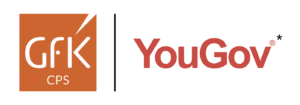

Guest writer:
Krisztina Bodnár
business development
manager
Consumer Panel Services
The cat food market is a HUF 88bn category, while the value of the dog food market is HUF 90bn. Cats don’t like boring things – in their case spending was more than twice as much on “wet food (canned, aluminium foil bag, tray)” than on dry food. Spending was more evenly balanced for dog food: owners spent HUF 36bn on dry food and almost exactly the same on canned food.
The drop in buying frequency is also reflected in the pet food categories: households now buy dry cat food only 8 times a year instead of the earlier 10 and 9 times a year. This is no coincidence, as the price increase has been the biggest here: dry cat food is 42% more expensive than the average price of the previous year. This trend is having an impact on the market as a whole, as all channels could sell smaller quantities of cat food in 2023 – only drugstores have seen an increase in cat food volume sales. With cat food it is clearly families who aren’t able to buy as much as they used to, with a drastic reduction in the intensity of purchases among families. //
Promotional strategies are becoming important
Pet owners are choosing retailers with value-based pricing when shopping for pet food.
At the same time consumers appear to be cutting back on their spending: with their brand loyalty remaining strong, they are opting for smaller pack sizes.
“This year the promotional environment will be even more competitive than in the past, so it is important for brands to be clear about why investing in frequent/rare promotions or sustained low pricing is best for them”,
Claire Obertin of Cleveland Research told to Food Industry Executive. //
Ocado rolls out microwaveable pet food in the UK
Ocado is now offering “fine dining” frozen pet food, in a bid to attract more “younger, urban and mindful owners”.
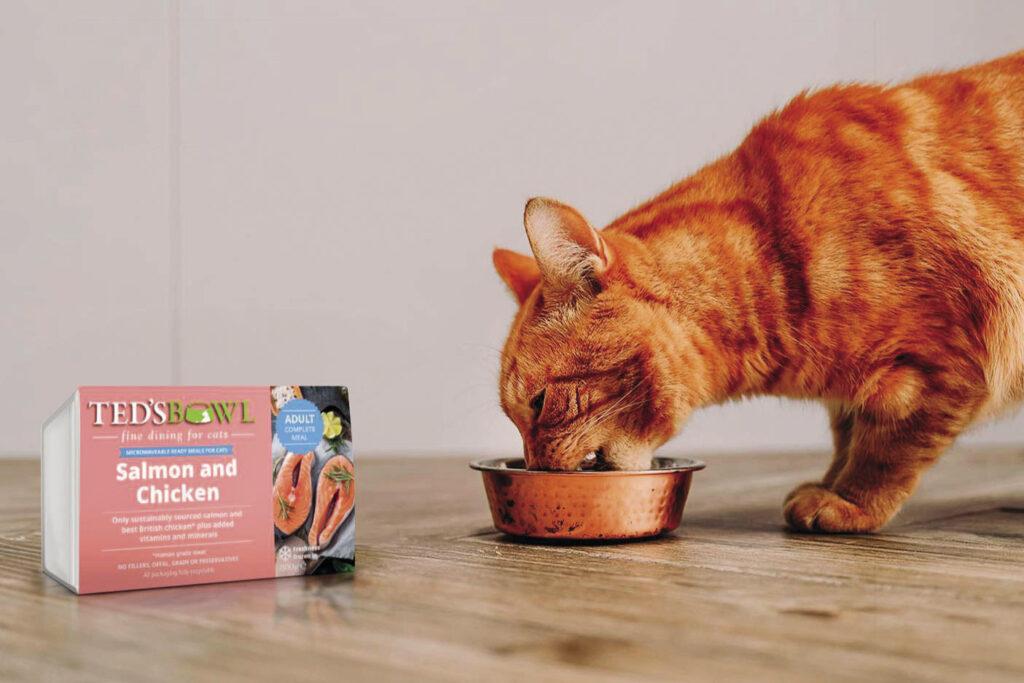
According to British trade magazine The Grocer, the new product line –recently launched by the online retailer under the Ted’s Bowl brand – includes seven types of microwaveable frozen food. The products contain at least 70% meat, fish or poultry suitable for human consumption for dogs and 98% of the same for cats. //
Laboratory meat: better prospects for the pet food segment?
Despite the growing hype surrounding cultured meat, the sector is facing many obstacles: high production costs, obtaining regulatory approval, educating customers… Animal feed now seems to have a good chance of helping to overcome these.
Last November Prague-based Bene Meat – which has been working on its production technology since 2020 – announced that it was targeting the EU animal feed market, and claimed to be the first to list its lab-grown cells as feed materials in Europe, Just Food reported recently. The marketing of animal feed isn’t subject to authorisation, as long as it is safe and complies with the relevant legislation.
Great demand from pet food producers
The increase in demand for laboratory meat is linked to fears of the future depletion of meat stocks and skyrocketing meat prices, because of which animal feed producers are feverishly seeking alternative protein sources. Nothing proves this better than the boom in the development of insect-based pet foods.
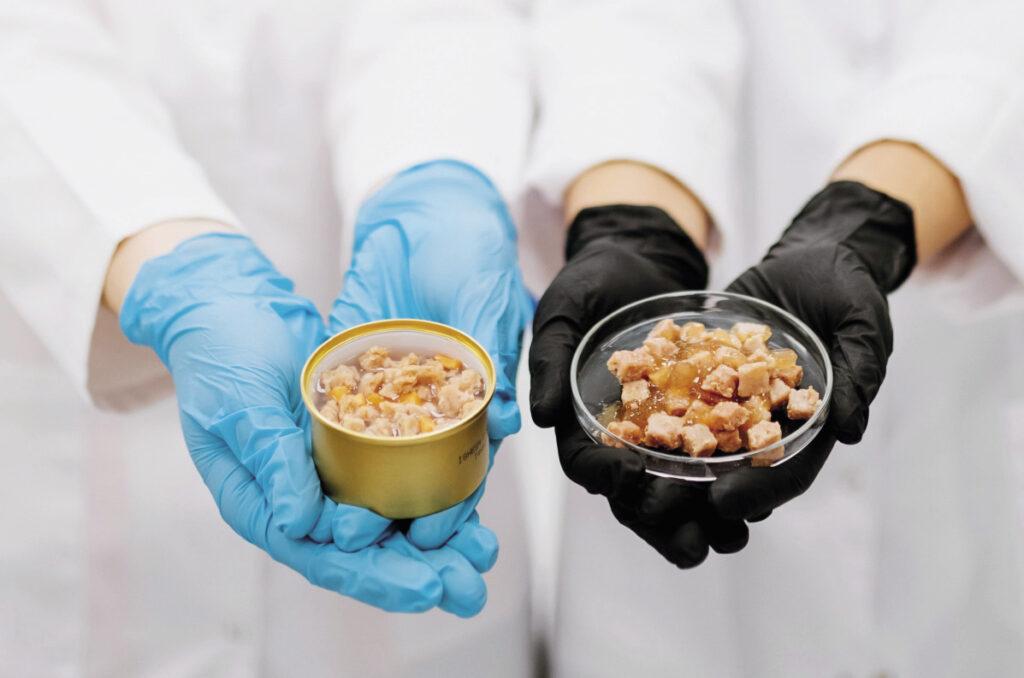
The manufacturer of a “pure, high quality animal protein-rich” product produced in bioreactors saw already in 2022 that it met the requirements of animal feed manufacturers
Recently, Ÿnsect became the first company in the US to receive approval from the Association of American Feed Control Officials for the use of defatted meal protein in dog food.
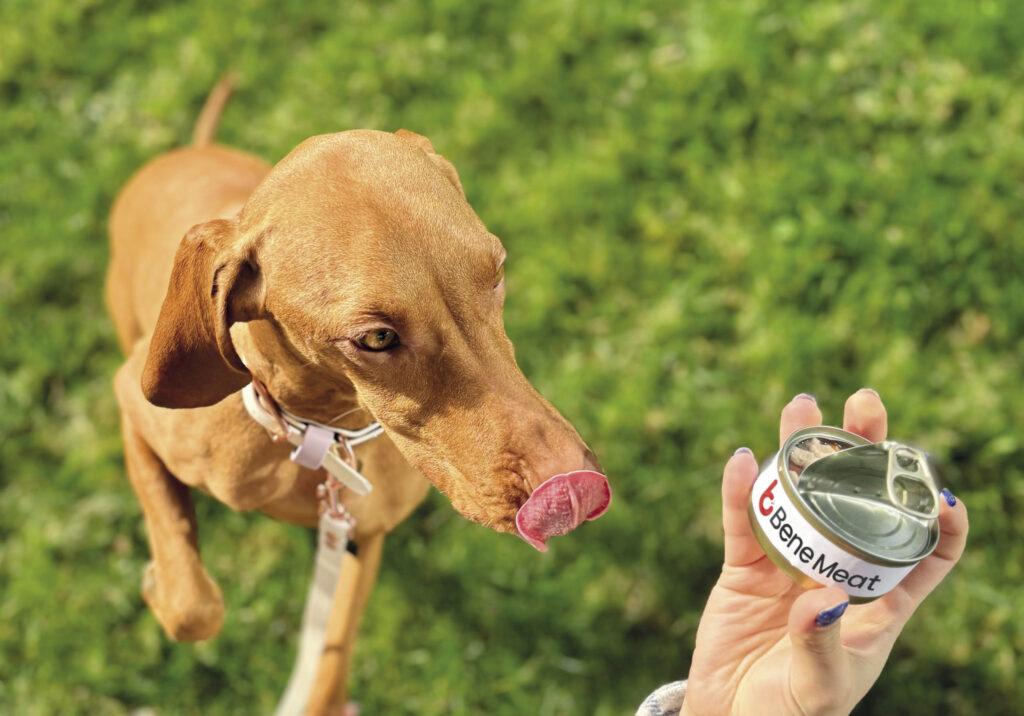
Bene Meat aims to start small-scale testing of its cell-cultured meat product in the first quarter of 2024
Investors also see an opportunity
Analysts and investors have been quick to spot the potential in the symbiosis between lab-grown meat and animal feed. Lever VC, with offices in New York and Hong Kong, was one of the first to see the opportunity and has invested USD 7m in Clever Carnivore, a US-based cell-cultured pork sausage producer, which plans to launch its prototype product, Clever Bratwurst this year. Nick Cooney, managing partner of Lever told: the premiumisation of the lab-grown meat sector is a key success factor. //
Related news
A recuperating market in a changing consumer landscape
At the April meeting of the Trade Marketing Club (TMK),…
Read more >Conscious consumers, digital transformation: lessons learned on the FMCG market in 2024
This article is available for reading in Trade magazin 2025/6-7.…
Read more >Restructuring in the hygiene paper category
Trends in the hygiene paper market reflect changing consumer expectations,…
Read more >Related news
WHO: They urge a 50 percent price increase for tobacco, alcohol and sugary drinks
The World Health Organization (WHO) is calling for the prices…
Read more >Eurozone economic growth accelerated in June
The eurozone’s economic performance accelerated in June, according to the…
Read more >This is how drug prices are changing: the government introduced price restrictions
The Ministry of National Economy’s price restrictions on medicines came…
Read more >
